WP1. Organizing and conducting experimental research in Sofia and Burgas
Activities under WP1
-
1.1. Development of methodology for the sampling and
storage of PM2.5 samples for the analysis of BC/BrC and PAHs.
1.2. Preparation, Planning and conduct of experimental sampling campaigns.
1.3. Analysis of the mass concentration of collected PM2.5 samples from Sofia and Burgas.




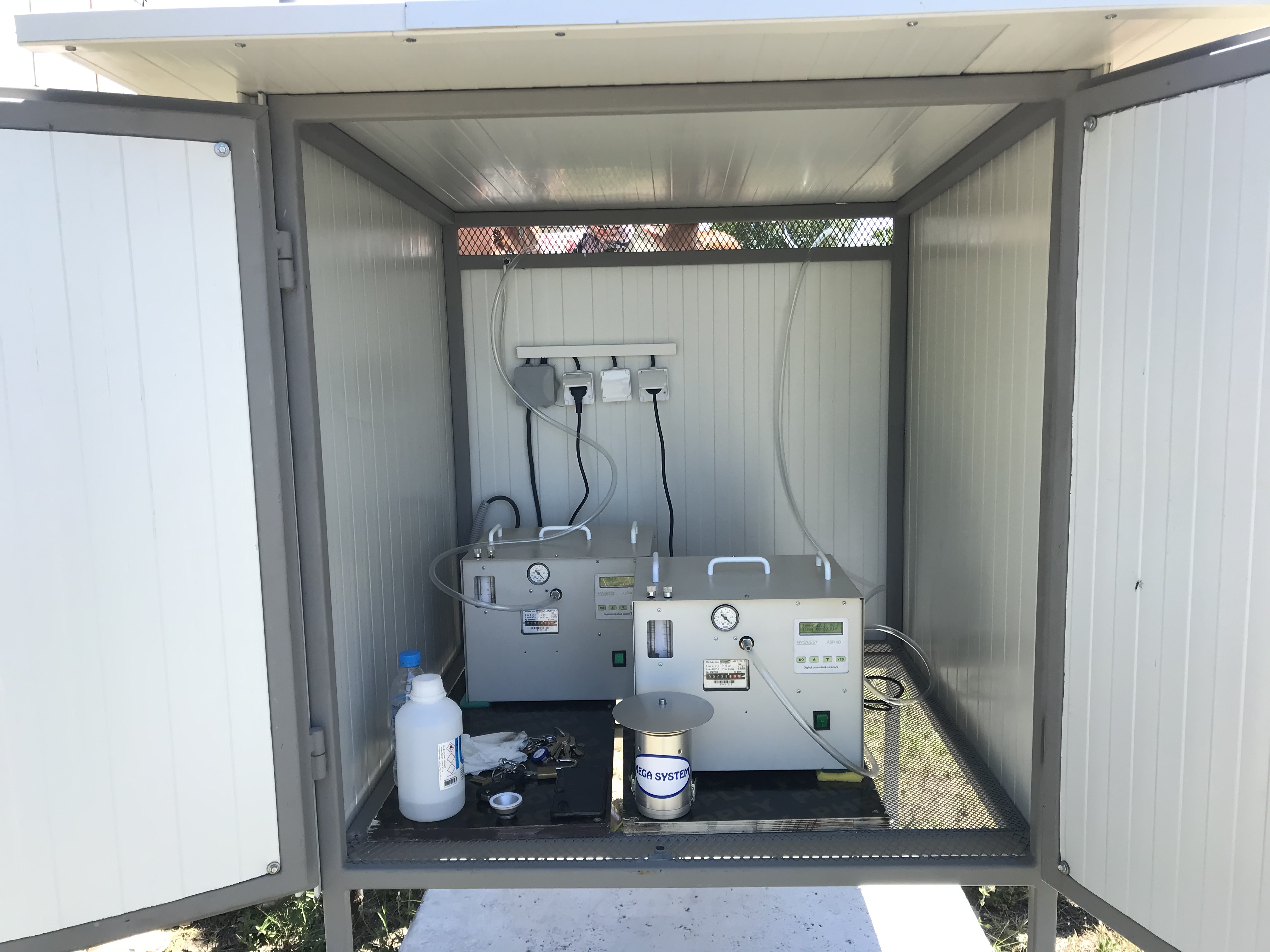

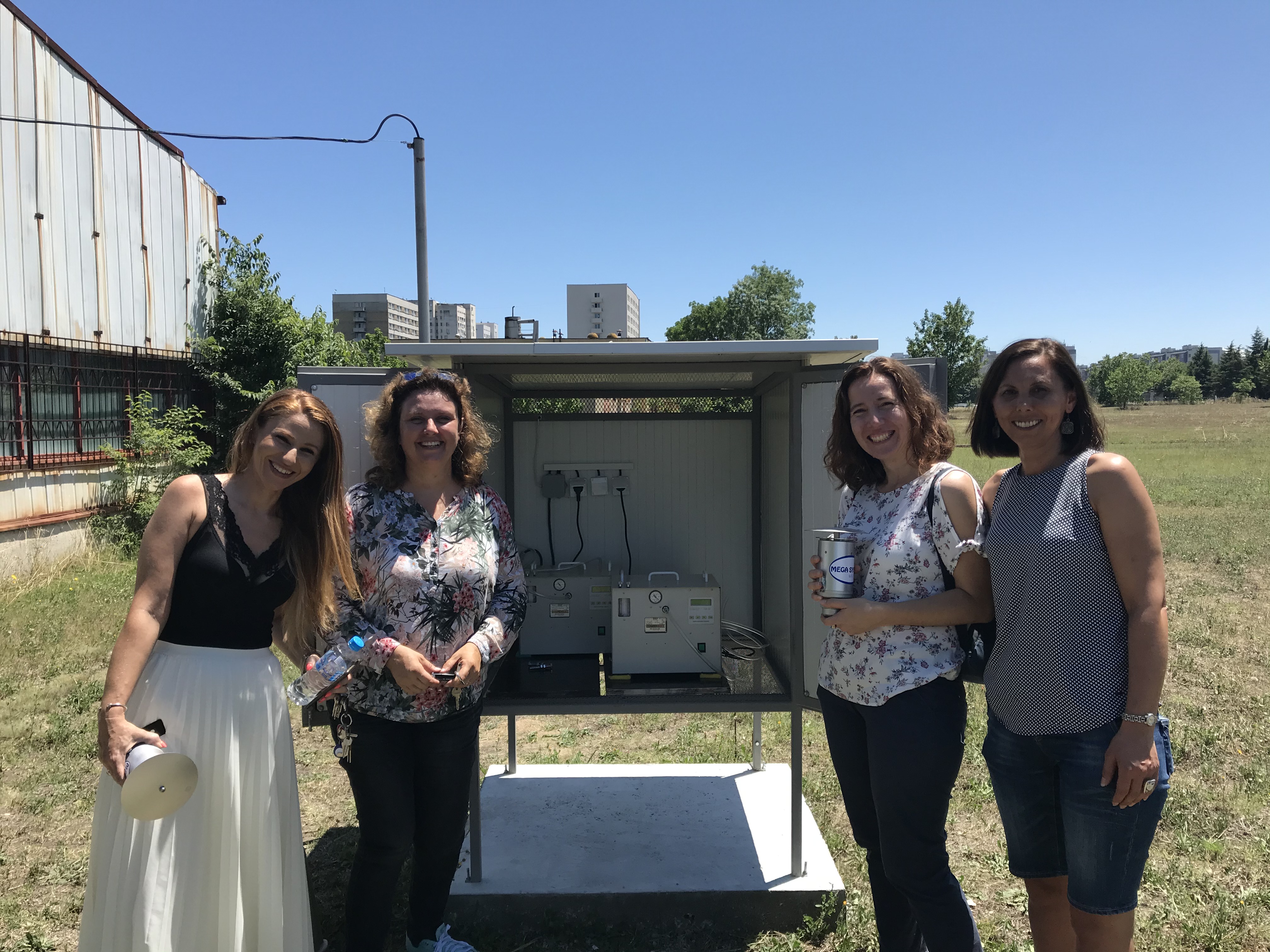
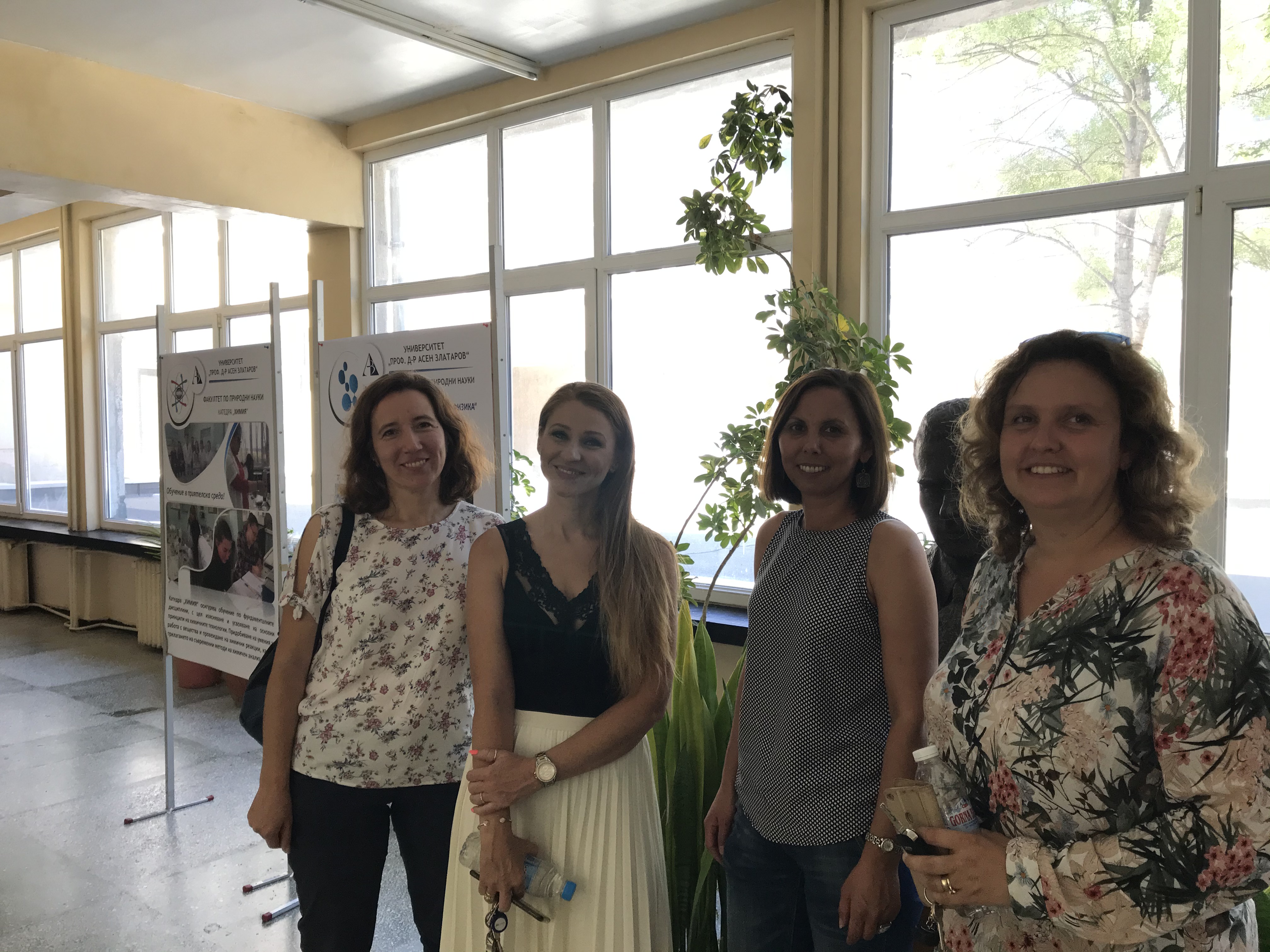
×
![]()
WP2. Determination of BC concentration in atmospheric aerosol (PM2.5)
Activities under WP2
- 2.1. Development of methodology for analysis of BC/BrC in PM2.5.
- 2.2. Adaptation of the methodology for real- time concentrations of BC with Aethalometer.
- 2.3. Analysis of BC concentrations from Sofia and Burgas and their organization in an appropriate format for use in the defined activities in WP4 and WP5.
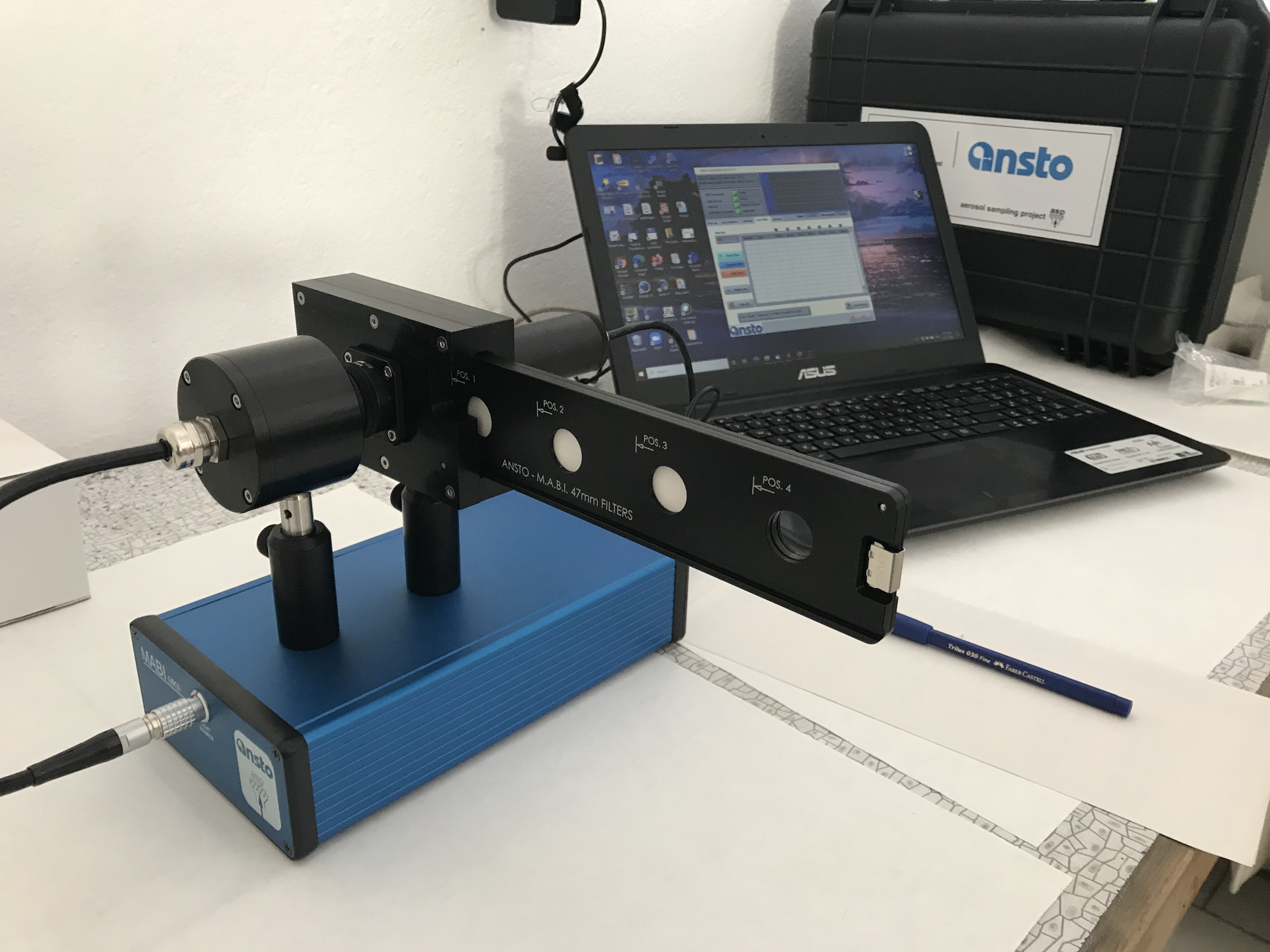
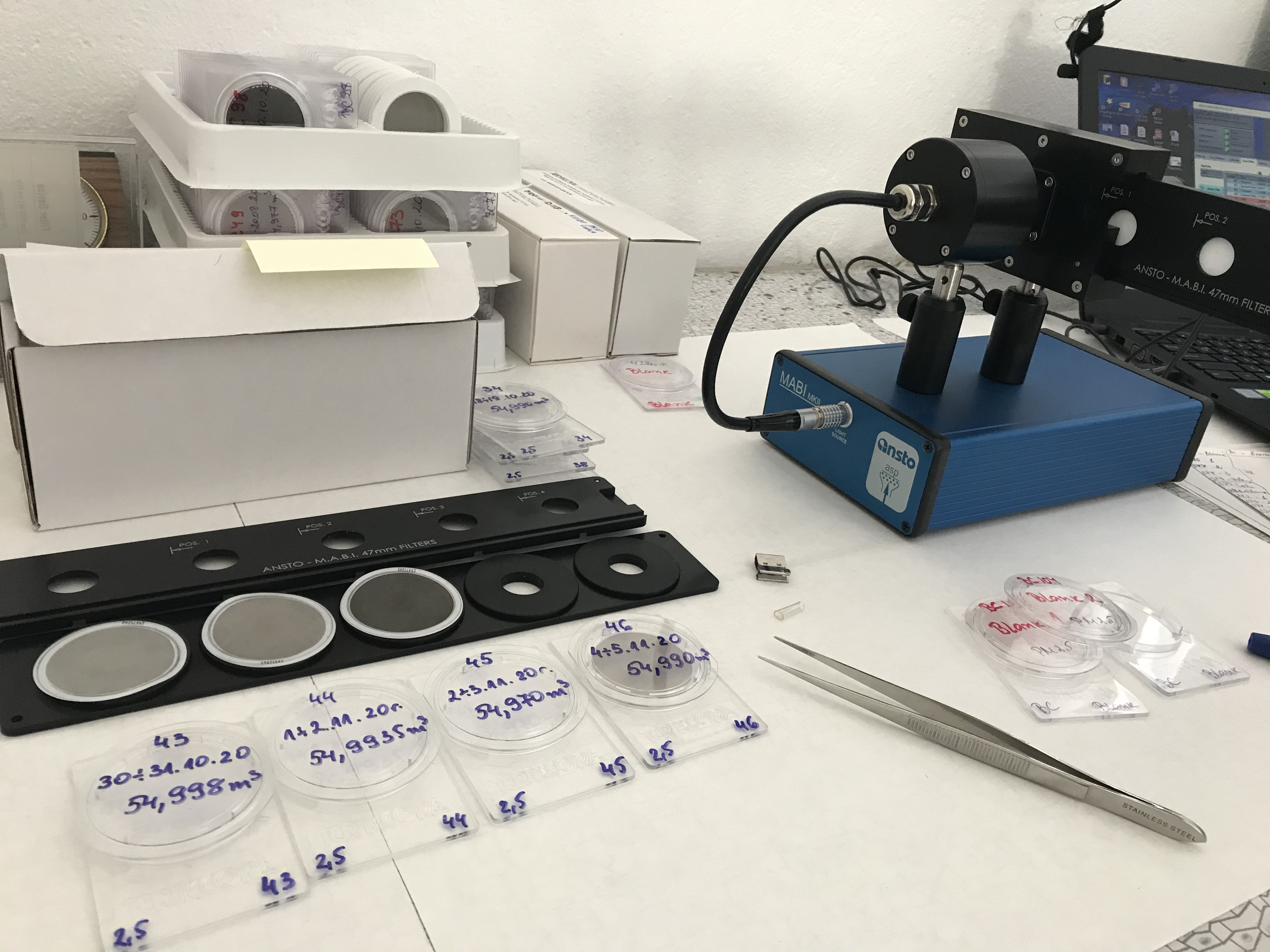
×
![]()
WP3. Determination of the PAHs concentration in PM2.5
Activities under WP3
- 3.1. Improvement of methodology for analysis of 19 PAHs in PM2.5.
- 3.2. Pre-treatment and analysis of filter samples from the experimental campaign in Sofia and Burgas.
- 3.3. Determination of the PAHs concentrations in the filter samples from Sofia and Burgas and organizing them in a suitable format for the activities planned in WP4 and WP5.
- 3.4. Quality control of analysis by duplicate samples in accredited laboratories.
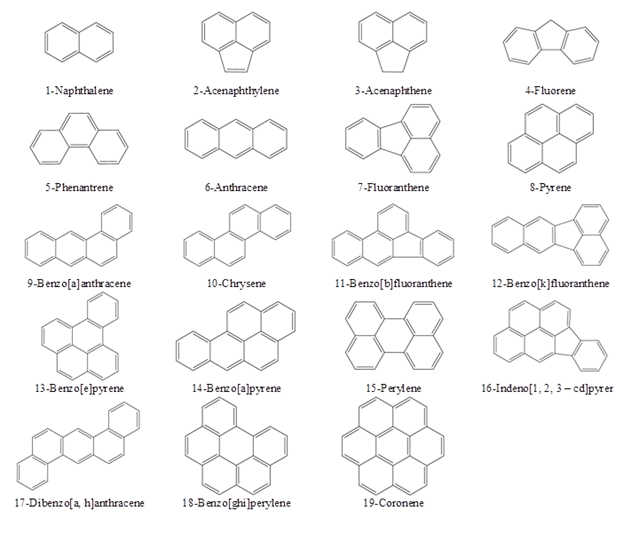
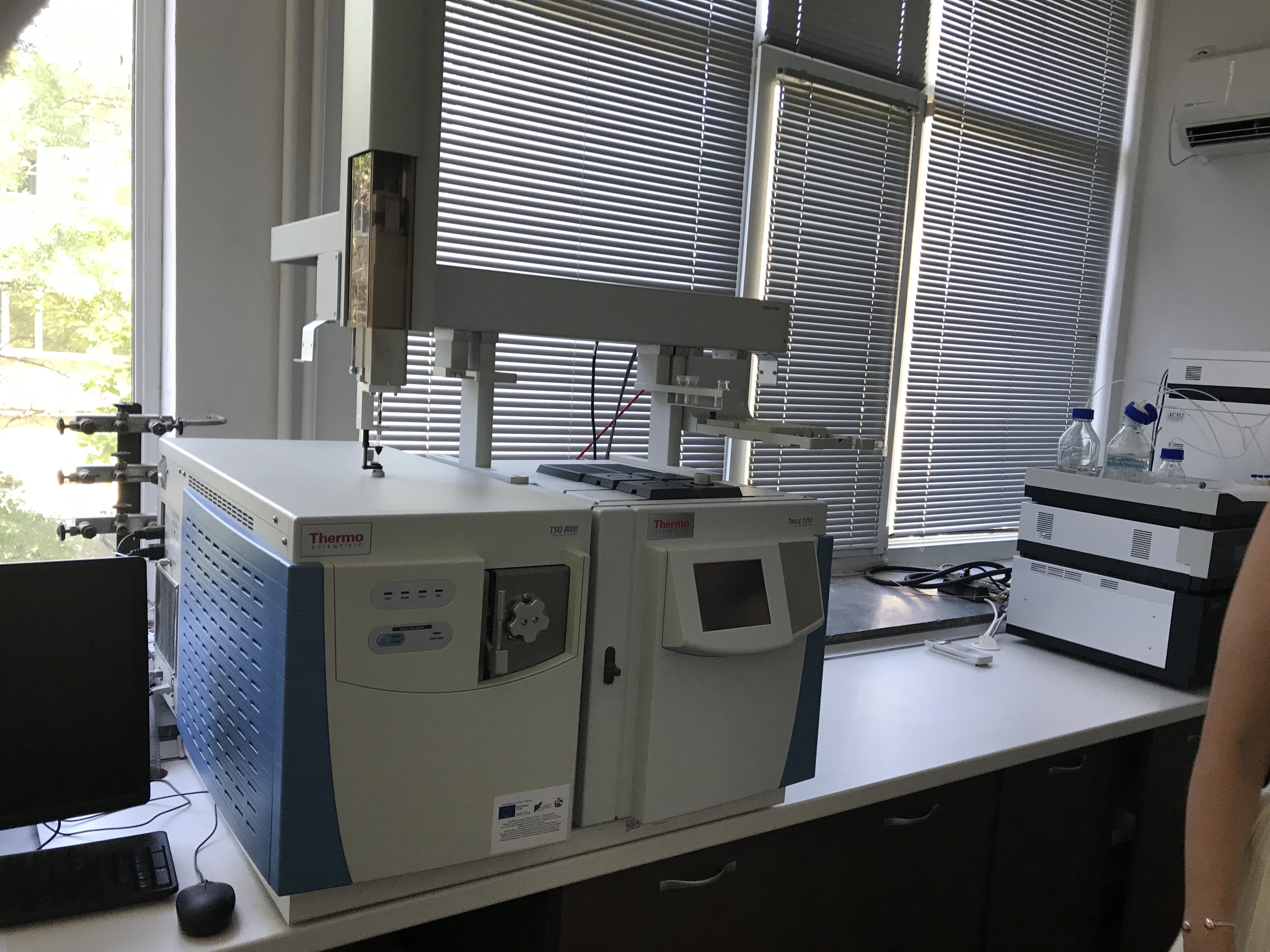
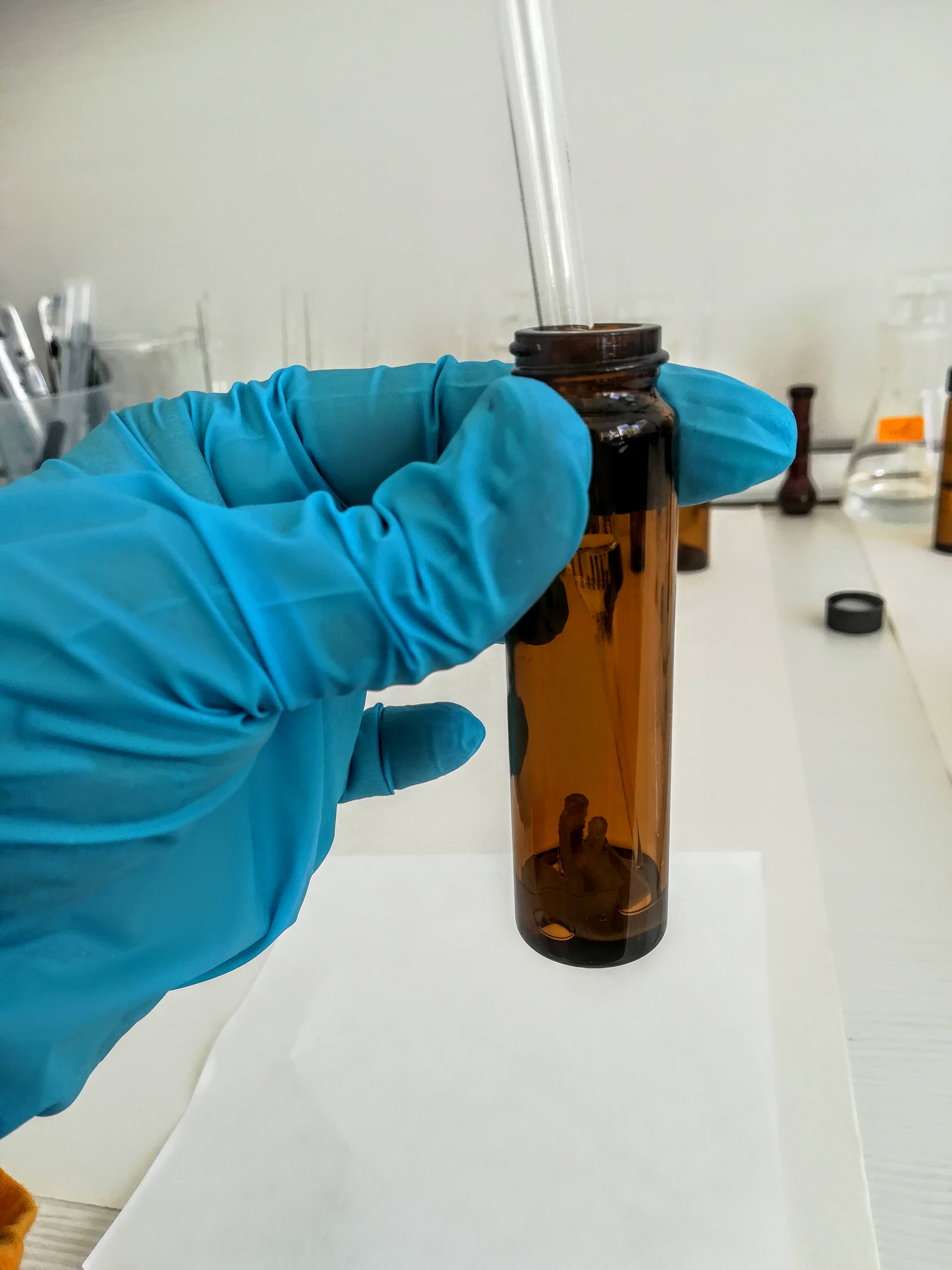
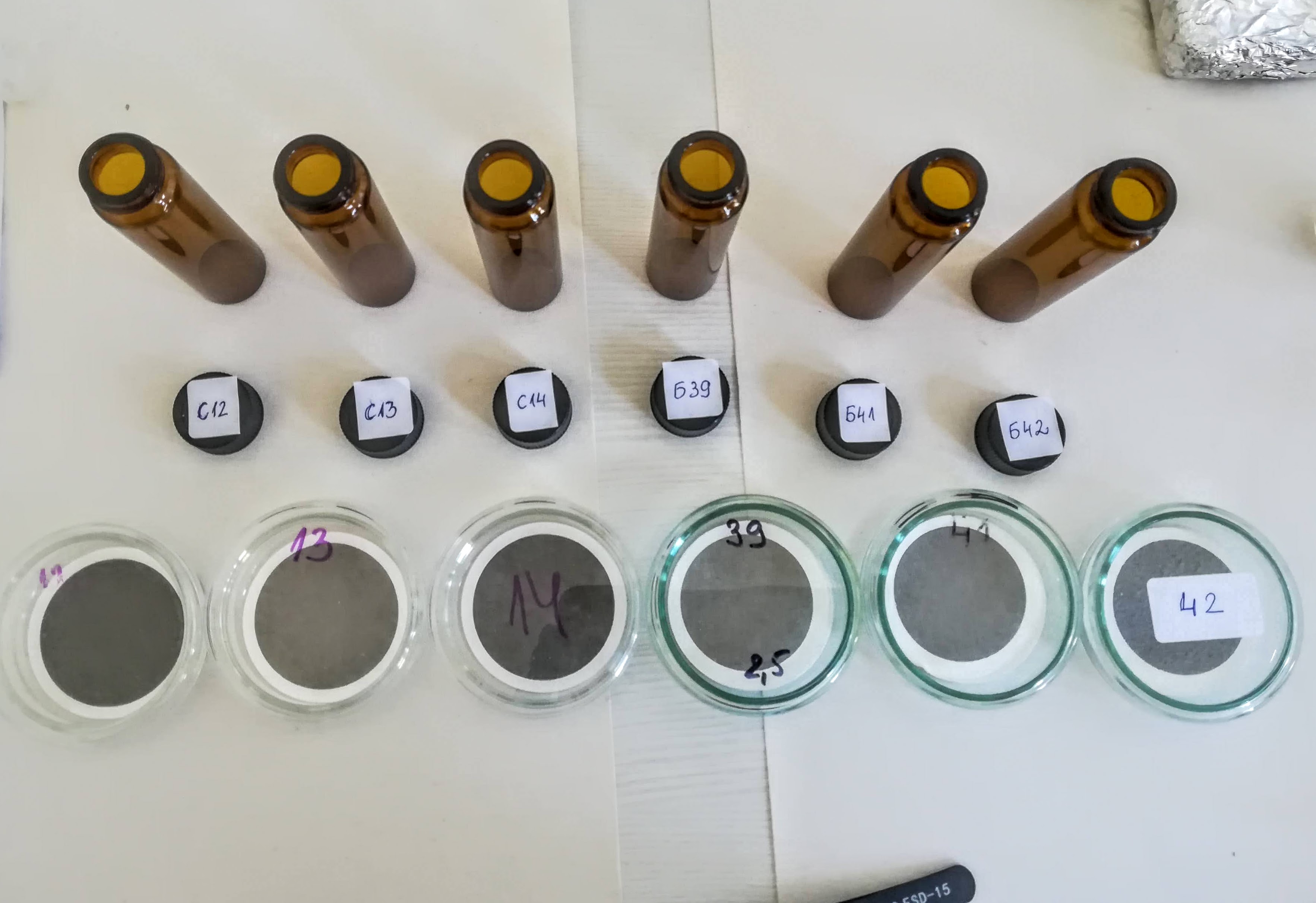
×
![]()
WP4. Investigation of the connections and correlations, between the meteorological parameters and the pollution levels with PM2.5, black carbon (BC) and PAHs for urban conditions in Bulgaria.
Activities under WP4
- 4.1. Distinguishing of the significant meteorological parameters related to PM pollution levels.
- 4.2. Calculation of the Probabilistic Contribution Probability Function (CPF) depending on the prevailing wind direction and speed.
- 4.3. Application of a trajectory model to identify the origin and transport of air masses in selected cases of concentration deviations of the elements.
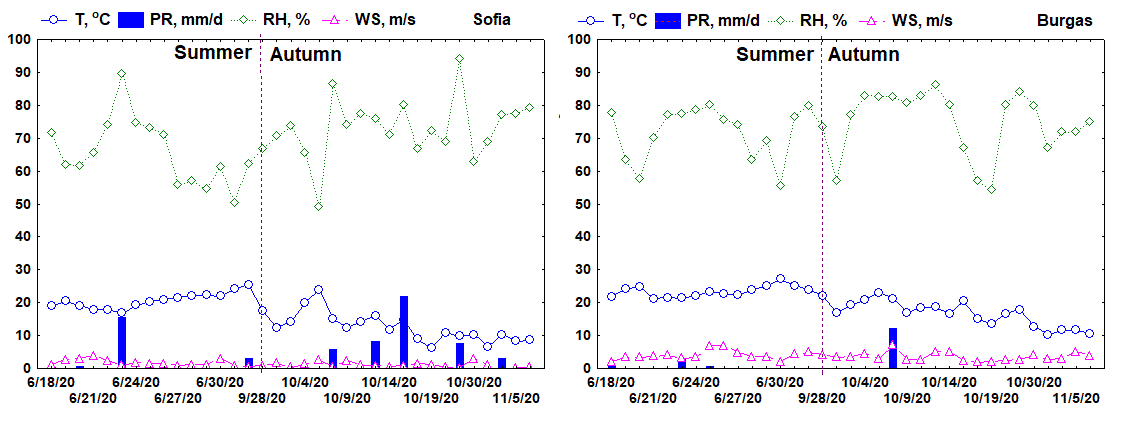
×
![]()
WP5. Model results and comparative analysis.
Activities under WP5
- 5.1. Selection of model systems providing regular results for various parameters of atmospheric chemistry and archiving of model results.
- 5.2. Analysis of the spatial-temporal distribution of PM10, PM2.5 and other available elements of their chemical composition for the territory of Bulgaria for selected periods.
- 5.3. Comparative analysis of model results with data from experiments in both cities, as well as with other data from the EEA network.
- 5.4. Application of Receptor Model (EPA PMF) to identified the contribution of BC and PAHs sources to the mass concentration of PM2.5.


